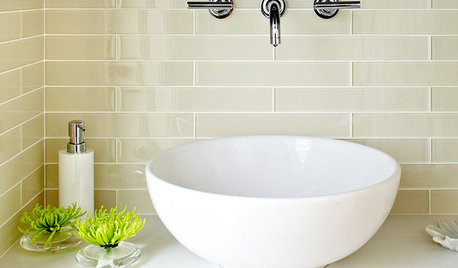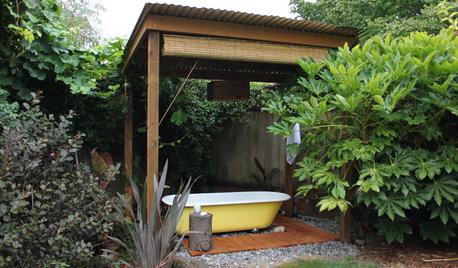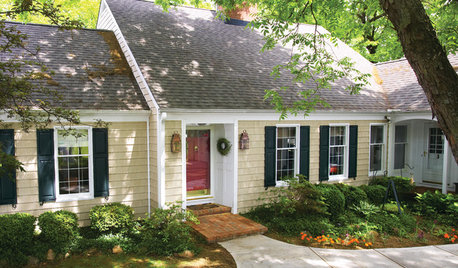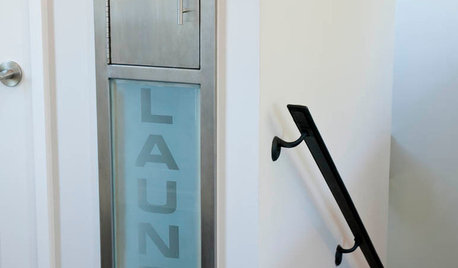Has anyone installed soaker hoses?
timtijones
21 years ago
Related Stories

GARDENING GUIDESHow to Install a Drip Irrigation System
Save time and water with a drip watering system in your vegetable garden — a little patience now will pay off later
Full Story
LAUNDRY ROOMSThe Cure for Houzz Envy: Laundry Room Touches Anyone Can Do
Make fluffing and folding more enjoyable by borrowing these ideas from beautifully designed laundry rooms
Full Story
MUDROOMSThe Cure for Houzz Envy: Mudroom Touches Anyone Can Do
Make a utilitarian mudroom snazzier and better organized with these cheap and easy ideas
Full Story
BUDGET DECORATINGThe Cure for Houzz Envy: Entryway Touches Anyone Can Do
Make a smashing first impression with just one or two affordable design moves
Full Story
BATHROOM DESIGNShould You Install a Urinal at Home?
Wall-mounted pit stops are handy in more than just man caves — and they can look better than you might think
Full Story
REMODELING GUIDESFinishing Touches: Pro Tricks for Installing Fixtures in Your Tile
Cracked tile, broken drill bits and sloppy-looking fixture installations? Not when you follow these pro tips
Full Story
GARDENING AND LANDSCAPINGWhy Is There a Bathtub in the Backyard?
Nope, it's not waiting for bulk trash pickup. These days outdoor tubs are serving soakers, beer drinkers and even the fishes
Full Story
HOUSEKEEPINGHow to Wash Your House
Avoid damage to siding and plants while getting your home's exterior shining clean, with this guide to using pressure washers and hoses
Full Story
GREAT HOME PROJECTSHate Hauling Laundry? Give Dirty Clothes the Chute
New project for a new year: Install a quick route to the laundry room
Full Story
REMODELING GUIDESContractor Tips: Advice for Laundry Room Design
Thinking ahead when installing or moving a washer and dryer can prevent frustration and damage down the road
Full StorySponsored




morz8 - Washington Coast
calpat
Related Discussions
soaker hose system for raised beds?
Q
Soaker Hose first timer-questions
Q
Please help with soaker hose design.
Q
Want to repurpose old garden hose as soaker hose
Q
timtijonesOriginal Author
Hearts
timtijonesOriginal Author
Red_Baroness
timtijonesOriginal Author
morz8 - Washington Coast
timtijonesOriginal Author
grampa_dan
msmarjorie
microfarmer
timtijonesOriginal Author
microfarmer
crnaskater
Ratherbgardening
bradiniowa
susiemw
lminvictoria
Missouriblue
ludmilla
Amy_the_Gardener
CoDIY
jkirk3279
mantorvillain
livetofish
BerniePorter
jkirk3279
james_m_clark
rsmoke
clibanarius
Mludwick
tbt3
Tyrell
radarwatcherr_yahoo_com
jbsask
jkirk3279
Debbie_Carol